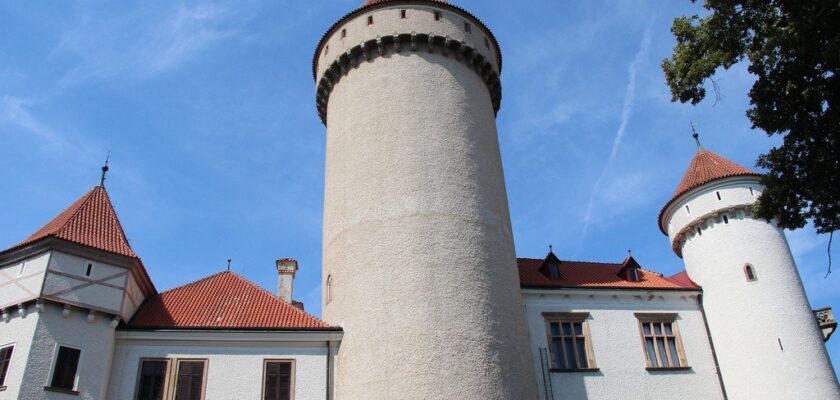Konopiště Castle
Konopiště Castle is considered one of the most beautiful and popular in the Czech Republic. The majestic structure has been standing for over seven hundred years, 45 kilometers southeast of Prague, near the town of Benešov.
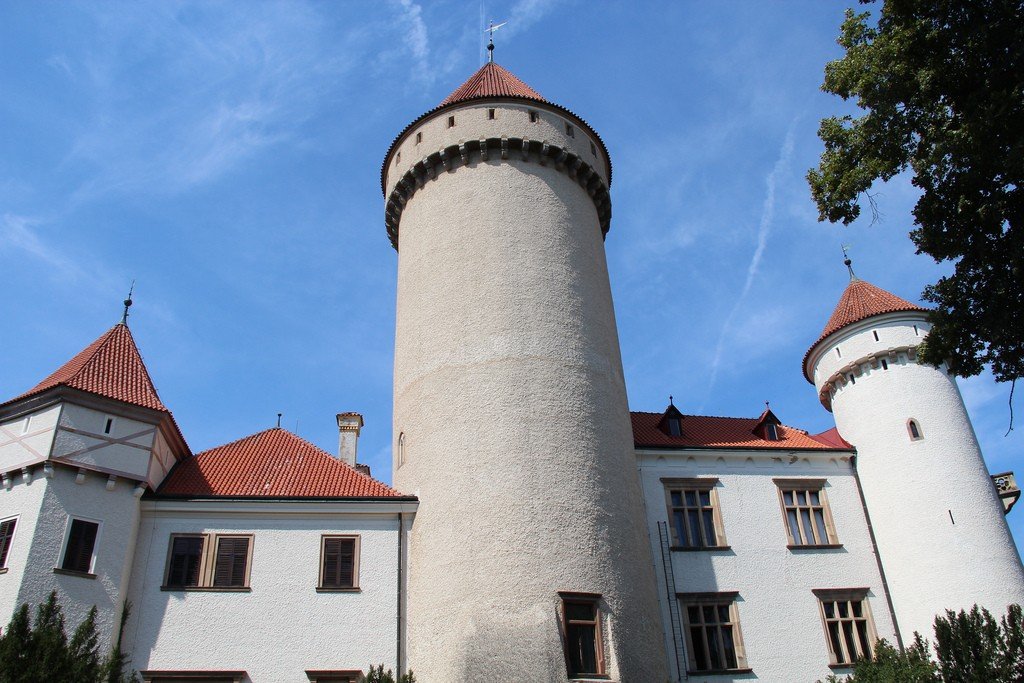
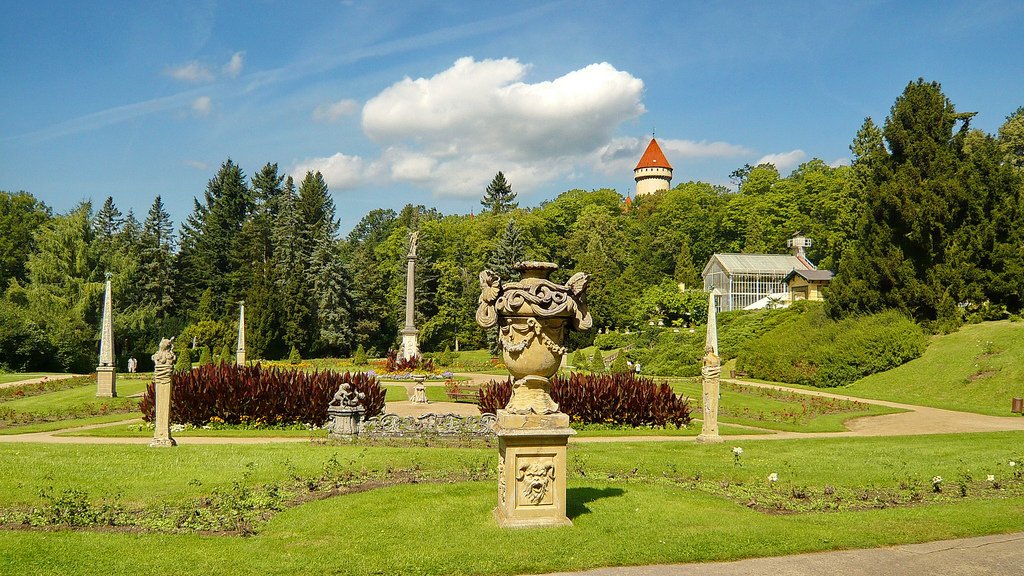
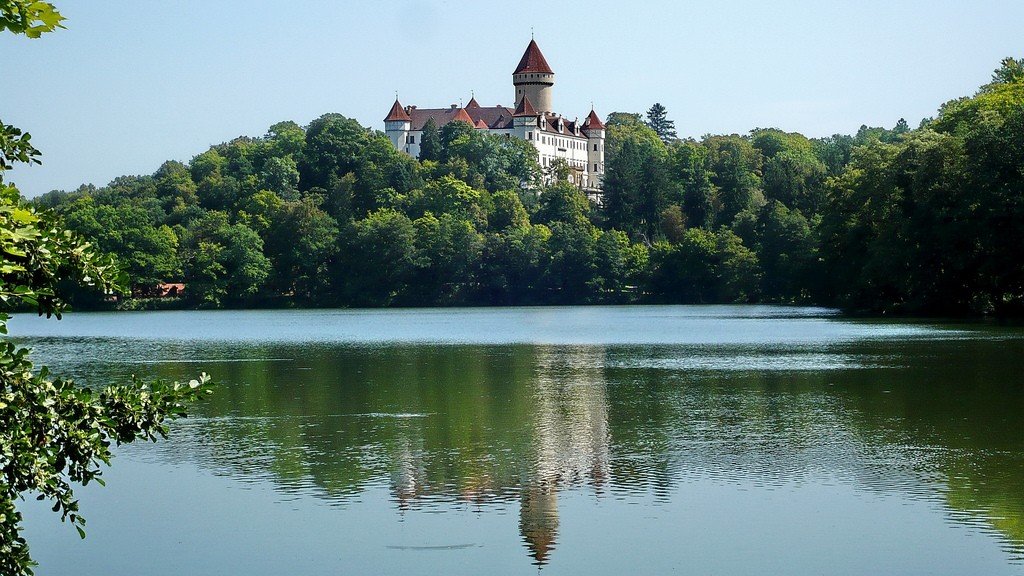
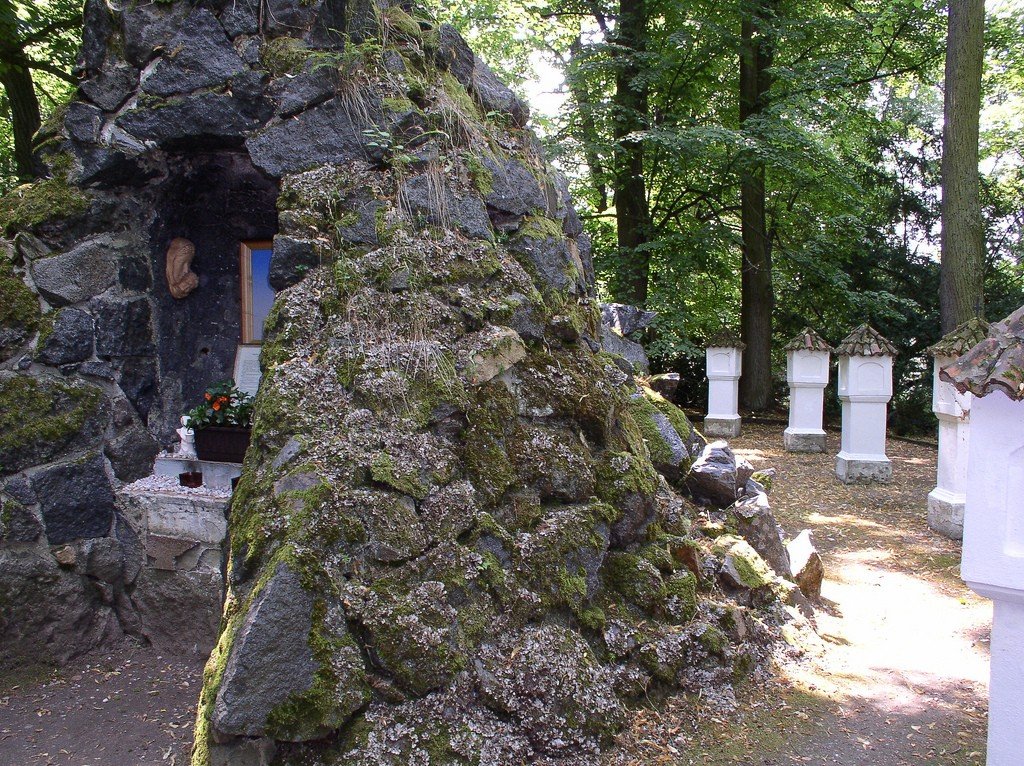
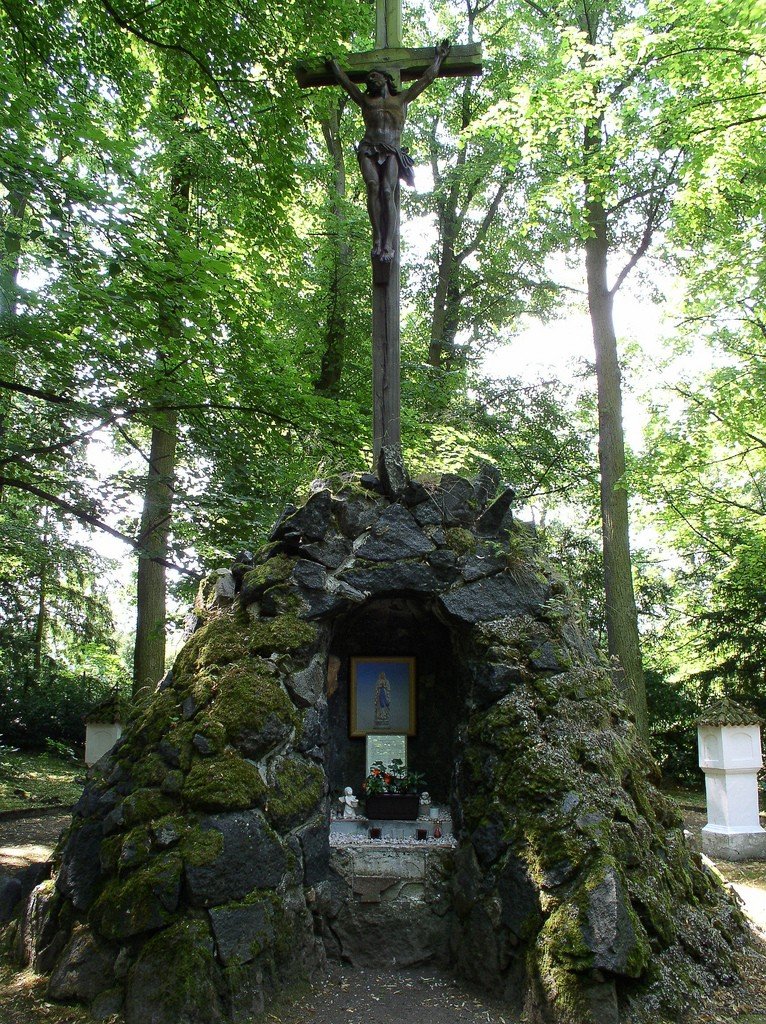
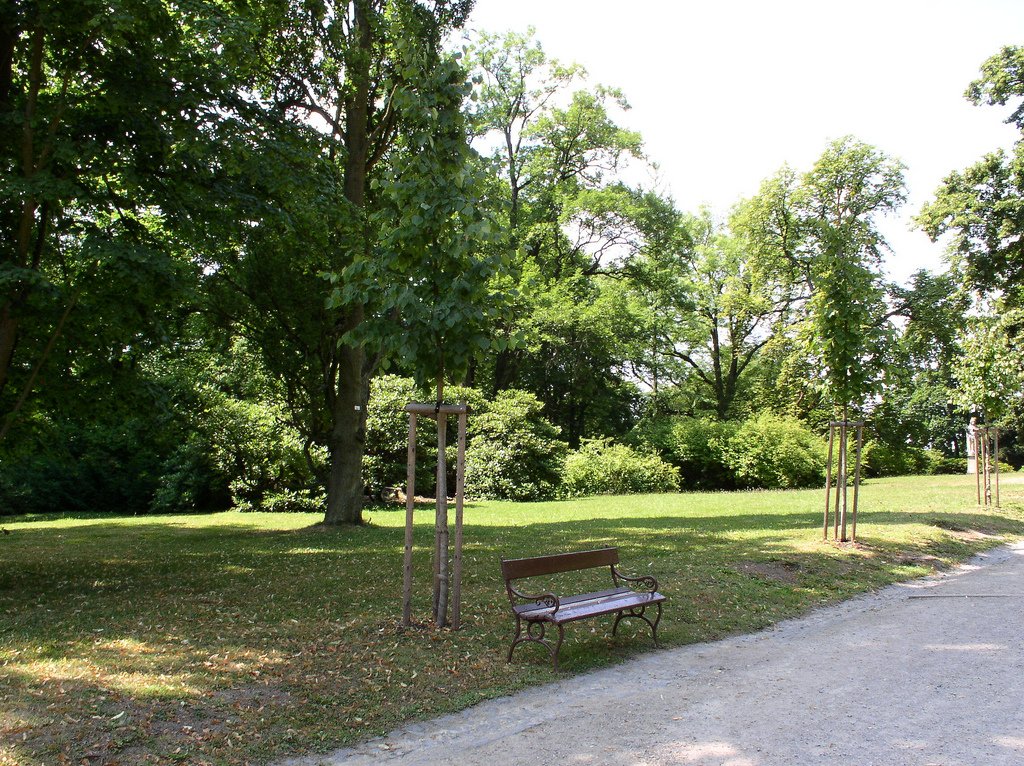
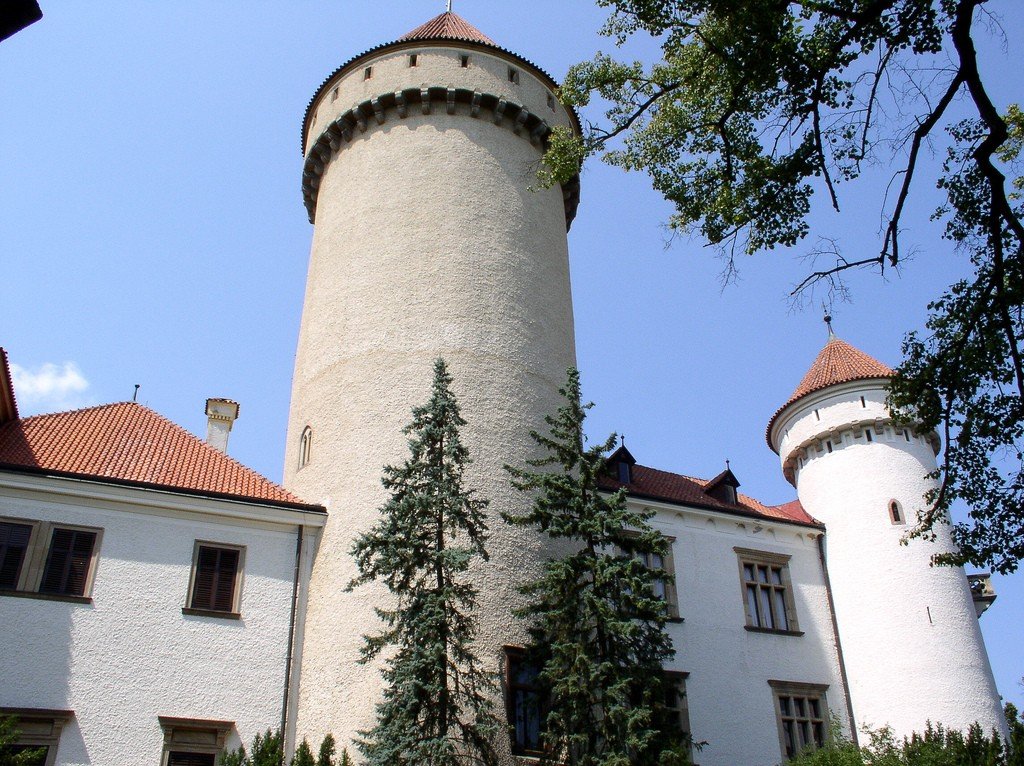
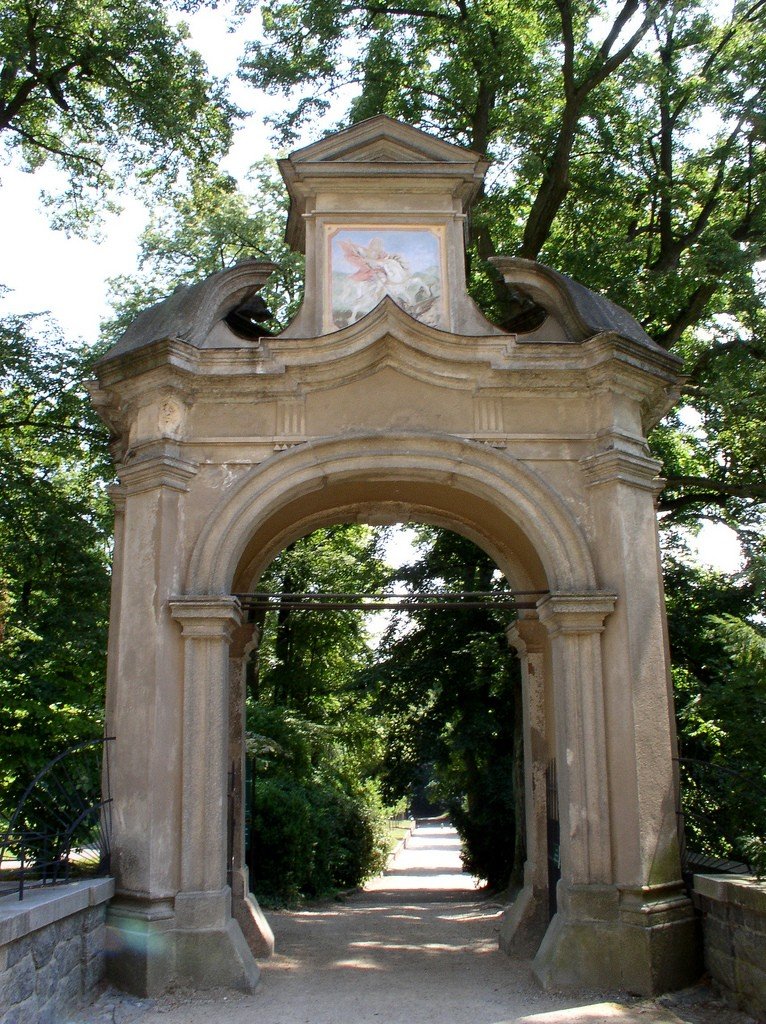
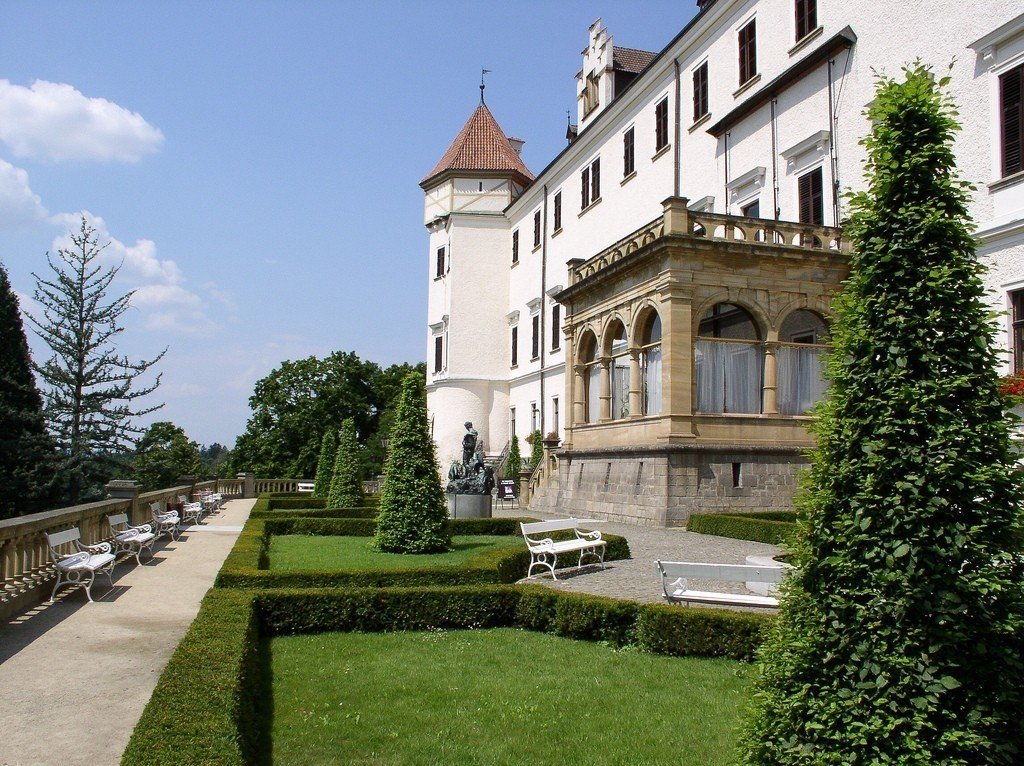
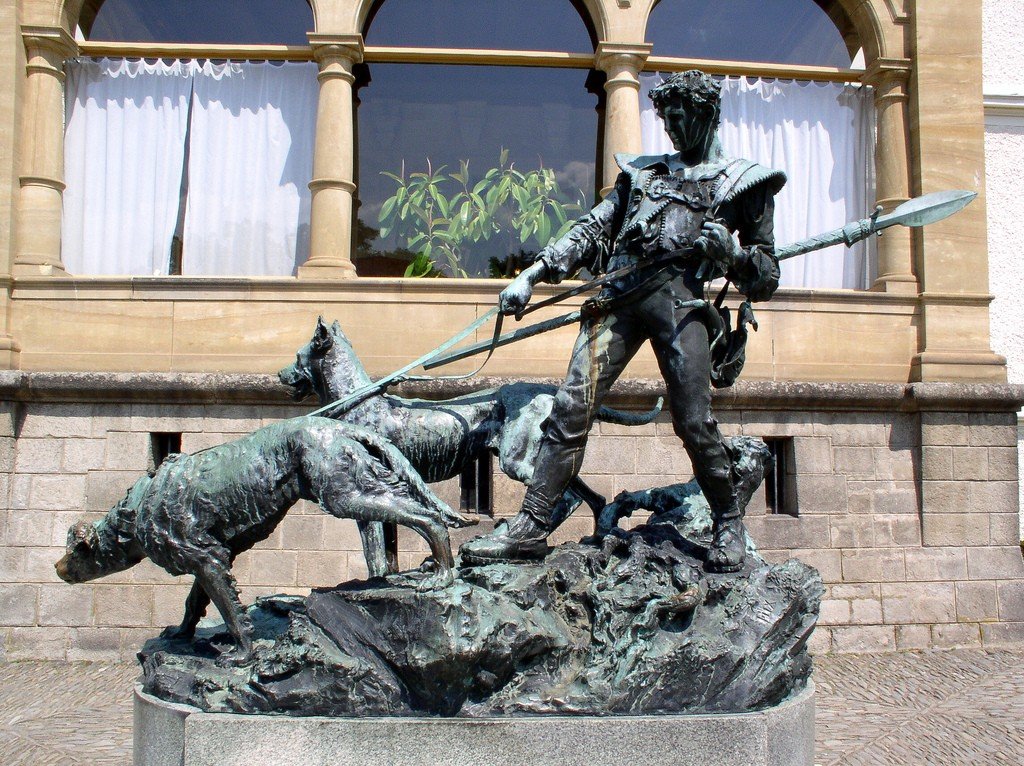
Video: Konopiště Castle
ContentsHighlights
The castle was originally a cylindrical shaped defensive tower with a moat and suspension bridge. Over time, Konopiště was expanded in the spirit of French Gothic to a powerful fortress: two belts of walls with a parkan, seven round towers (four corner towers, one each in the center of the eastern and western walls, and the main tower with a gate – the very first tower that has survived to this day).
Each era brought something new to the appearance of the castle. In the 17th century its Gothic appearance was changed under the influence of the Renaissance; in the 18th century Konopiště was thoroughly rebuilt in the Baroque style, and in this form it has remained to this day. The last major reconstruction of the castle was carried out under Archduke Franz Ferdinand d’Este von Habsburg. In accordance with his wishes, the architects Josef Mokker and Franz Schmoranz equipped Konopiste with the latest technology of the late 19th century: the castle was equipped with water supply, electricity, sewage, a mechanical shooting gallery and a hydraulic elevator, which was activated by a dam specially built for this purpose on a nearby pond. At the same time an English park of 225 hectares with a rose garden, terraces and marble statues was built around Konopiště.
Archduke Franz Ferdinand is largely responsible for the interior decoration of the castle. To the already existing collections of furniture, paintings, tapestries, glass, porcelain, weapons, armor and hunting trophies, the new owner added his extensive collections, and all this splendor has been almost entirely preserved to this day. Franz Ferdinand, being a passionate collector and hunter, also took care to accurately catalog his collections. As a result, nowadays, thanks to a detailed catalog and photographs, it has been possible not only to return to Konopiště all the objects (with the exception of two lost ones), but also to install and hang them exactly where they were during the Archduke’s lifetime.
.Three of the collections represented in the castle are considered the most significant. First is the collection of arms and armor, sometimes called the d’Estaing Armory. It includes the collections of the Obizzi, d’Este and Habsburg families, accumulated over several centuries and inherited by Franz Ferdinand. By adding to them his own exhibits and already available in Konopiště, the Archduke created one of the largest in Europe collections of combat and hunting weapons and armor of the XVI-XIX centuries, including almost five thousand items, among which there are very rare specimens.
.
Konopiště is also home to Franz Ferdinand’s rich hunting collection, which he collected all over the world. The number of trophies reaches about 300,000, and all the chambers and corridors of the castle are decorated with them. Each stuffed animal, hide, horns, etc. is labeled with the exact place and time when the trophy was taken. In this way the Archduke tried to put his hobby at the service of science.
.Another gem of the castle collections is the St. George Collection. It includes art, arts and crafts and folk crafts with the image of St. George. The collection has about four thousand artifacts from the 15th to 19th centuries and is on display today in the special castle gallery of St. Jiri.
.History of the castle
The castle was built in the 13th century by Bishop Tobias of Benešov and was a Gothic style building, which was reconstructed several times. The original Konopiště castle was built on the model of the French castle as a powerful Gothic fortress of rectangular shape with round towers at the corners, which made it possible to maximize defense during sieges. In total, the castle had 7 towers: 4 at the corners, 1 in the center of the northern wall and 2 in the center of the short western and eastern walls. The castle fortifications were supplemented by a moat and earthen ramparts.
.The Benesovic family owned the castle until 1327, when the castle passed to the noble Sternberk family, who also owned the Cesky Sternberk castle near Benesov. In the 17th century, the castle owners from the Sternberk family rebuilt the castle in the late Gothic and later in the late Renaissance style. During the Hussite Wars, the castle was subjected to a long siege by royal troops, lasting 17 months, and in 1468 it was conquered by the troops of King Jiří of Poděbrady.
.
In 1648, during the Thirty Years’ War, the castle was captured and looted by the Swedish army, after which it fell into disrepair. The dilapidated castle was purchased at auction by Czech nobleman Jan Josef Vrtba. At the beginning of the 18th century, the castle was rebuilt by the Vrtba family in the Baroque style. The drawbridge was replaced by a stone bridge, a new entrance to the castle was built in the east tower, the height of the towers was reduced to the level of the castle buildings, and a large southern wing was built.
In 1887 the castle was sold for 2 million gold to Archduke Franz Ferdinand d’Este, heir to the Austro-Hungarian throne, on whose initiative the castle was radically rebuilt once again between 1889 and 1894. The reconstruction of the castle was carried out under the supervision of the Vienna architects Josef Mocker and Franz Schmoranz. Being a great lover of hunting, the Archduke equipped the castle with a mechanical shooting range, expanded the collection of weapons and armor already stored there, and created several “hunting corridors” decorated with trophies – thousands of deer antlers, boar tusks, stuffed foxes, exotic animals and birds. In addition, under the Archduke in the castle were arranged water supply, sewerage, electricity, in the central wing of the castle installed a hydraulic elevator (operated by a dam built on the nearby pond) and made a number of other technical innovations for the time.
.
At the same time, an English-style park with terraces, a rose garden and marble statues was built around the castle. Konopiště Castle was the favorite place for recreation and hunting of Archduke Franz Ferdinand. During his ownership of the castle, in addition to hunting trophies, Franz Ferdinand collected a large collection of historical weapons and various items with the image of St. George. When Franz Ferdinand was assassinated in 1914, his children inherited the castle and its collections.
.
Since 1921, the castle became state property of Czechoslovakia. In 1943, the castle became the seat of the general headquarters of the SS troops in Bohemia and served until 1945 also as a repository for trophy works of art. At the end of World War II, a significant part of artworks and collectibles were removed from Konopiště, but by 1946 most of them were returned to the castle. Some of the art objects from the Konopiště collection are currently stored in Prague.
.After World War II, the state-owned castle was opened to tourists. Currently (in the early 21st century), the Czech Ministry of Culture spends about $800,000 to maintain the castle, partially offset by tourism.
.
Tourists
The castle is open from April through October, Tuesday through Sunday: 9 a.m. to 5 p.m. (4 p.m. in some months).
In November from Tuesday to Sunday: 9.00 to 15.00.
.The best time to visit the castle is from May to August, when all the exhibitions and attractions are open to the public. In other months some of them may be closed, for more information see the official website of the castle.
.
The ticket office, shooting gallery and St. George’s Museum are closed from 12.00 to 13.00.
.The castle offers several tour options:
.1 – Guest Rooms and Hunting Corridor (south wing)2 – Armory, Chapel, Library (old part of the castle)3 – Living rooms of Franz Ferdinand’s family.
.
Ticket price 90-310 CZK, depending on the chosen tour route, the language in which it is conducted, and the right of a particular tourist to certain benefits. Tickets to the shooting range, the rose garden and the St. George’s collection will cost from 15 CZK (per person) to 80 CZK (per family, tour in a foreign language). If you buy tickets for several itineraries at once, discounts are available for the other excursions. More complete information on the castle’s official website.
.It should be noted that the castle tries to make money on almost everything, so it offers a wide range of additional services, such as falconry in front of the castle, walks in the garden, walks around the pond, on weekends you can listen to live music concerts and much more.
.
Various business receptions and weddings are also possible.
.How to get there
Address: Konopiště 1, 256 01 Benešov.GPS: 49.779444,14.656667Phone: +420 317 721 366
By train
To get to Konopiště by train, you need to buy a ticket in Prague for the train to Benešov, from there it is 2 km to the castle. Immediately at the station you need to turn right, cross the bridge over the railroad and move on to the first yellow marker. Then you can follow the markers to the castle. Travel time is from 40 minutes to an hour, the ticket price is 45 crowns.
.By bus
You can also leave for Benešov by bus from Florenc station in Prague. Buses also run from Roztilí metro station, the ticket costs 45 crowns and the travel time is about 45 minutes. It is possible to take a bus to the bus station. Sometimes drivers stop the bus on the way to the forest, claiming that it’s easier to get to the castle that way – and it’s true. You need to take the paved road into the forest, then continue along the yellow markers and in 25 minutes you will be there.
.By car
.By car you can get there from Prague in 40 minutes, you should take the road to Benešov (it is 45 km from Prague), through Kamenice, Senograbi. After 43 km, after the turn to Václavice, there will be a right turn, after one and a half km you should turn right again and you are there.
.
